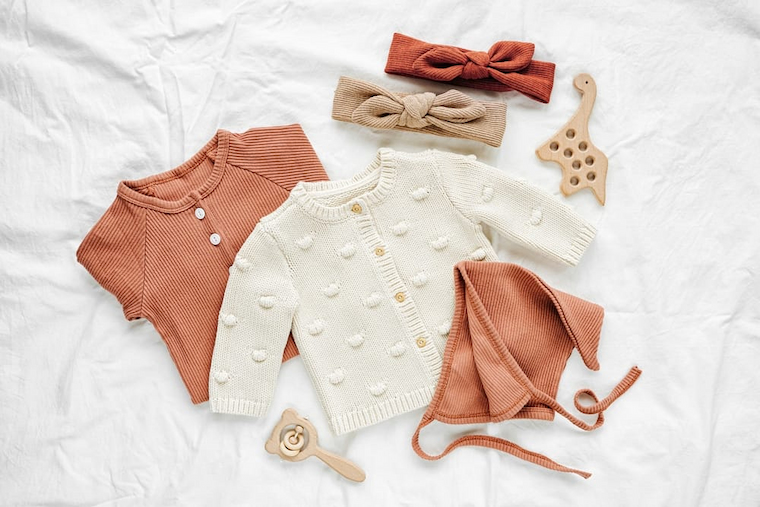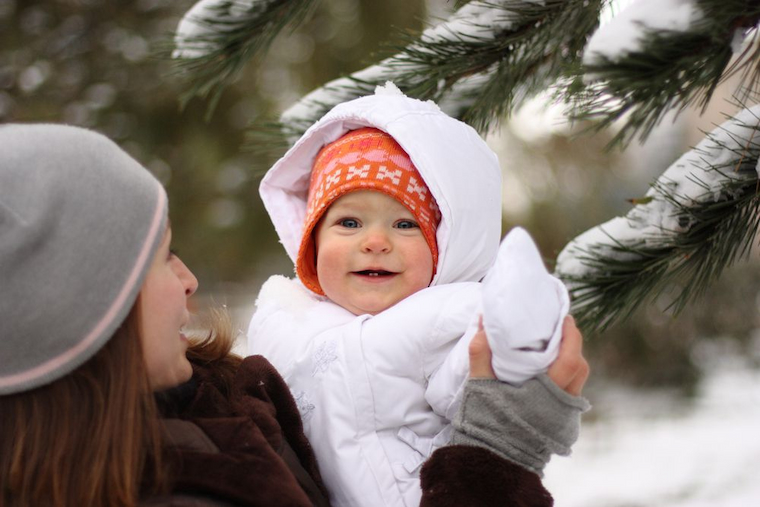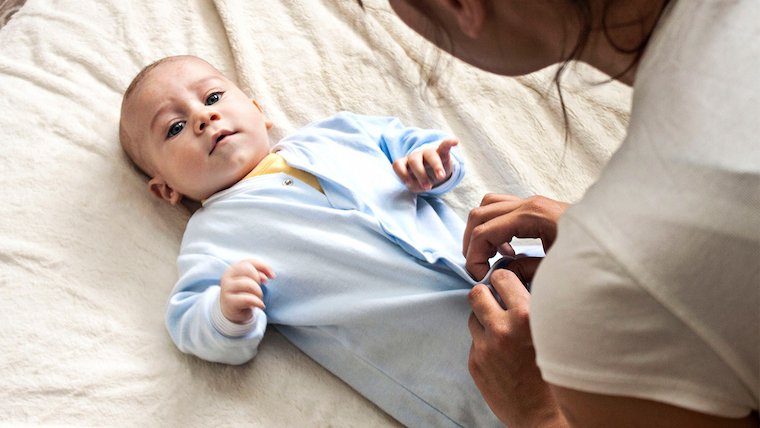The warm sunny days aren’t quite here yet and our little ones need all the protection they can get from the cold weather. Simply put, younger children are more vulnerable to the cold since their bodies quickly lose heat due to their smaller size. Young children are also less likely to recognize when they’re becoming cold, so it’s up to us parents to keep them warm and be aware of when it’s time to go inside.
Dressing up toddlers for the cold takes a lot of skill. The following winter wardrobe advice will ensure that they’re comfortable whether they’re accompanying you to the shop, taking a stroller ride, or heading to the park.
Cotton Is the Way to Go
For everyday wear, cotton is thought to be the ideal fabric for children’s clothing. Dress up your little one in one of these warm cotton baby jackets when the weather gets chilly. They come in stylish designs fit for any occasion and they’re super comfortable. Whether you need a cosy matinee jacket or a thick puffer jacket, Ollies Place has them all!
Why Should Toddlers Wear Cotton?

Source: gentlenursery.com
Here are five reasons why cotton is a great material for baby clothes:
-Natural and hypoallergenic material – I’m sure you already know how important natural products are for your little one. Cotton is one of the best natural fabrics for baby clothing. Baby jackets made of 100% cotton are perfectly safe for babies, as they’re free of chemicals and they don’t trigger allergic responses;
-Comfortable – The gentle skin of toddlers calls for soft and comfortable clothing. Cotton is not just plush but also incredibly breathable. Kids usually don’t complain about wearing cotton outfits all day. Because of its ability to absorb sweat from their skin, cotton helps keep babies more comfortable;
-Low maintenance – Unlike adult clothes, baby clothes need regular washing. Cotton baby coats make this step much simpler. Just throw them in the washing machine and all the stains will be gone. Even after many washes, these clothes will look good as new;
-Durability – Cotton jackets for babies keep their softness over time, as regular washing doesn’t degrade their quality;
-Biodegradable – Our children represent the next generation and they’ll live here for the rest of their lives. Switching to biodegradable eco-friendly materials, such as cotton, makes the world a better place to live.
Layering Guide
Paediatricians around the world suggest that you put one extra layer of clothing on newborns and kids than you would on yourself in the same weather conditions. Why? Air pockets between layers of clothes really help in retaining heat. By layering with a base layer, mid layer, and a baby coat, your toddler won’t feel too hot or too cold at any point during the day.
On the other hand, over-layering your youngster in will make them feel even colder. This is due to the fact that wearing too many layers makes your child sweat, which will dampen their clothes, allowing the cold and wind to lower their body temperature.
When dressing up your toddler, there are three fundamental layers you should be aware of:
-Base layer that goes right next to their skin – This layer should be soft, cosy, and moisture-wicking;
-Middle layer – This layer acts as insulation. It should fit your toddler snugly without restricting their movement;
-Outer layer – Shields your little one from the wind and the cold. It should offer flexibility and space for layering. Cotton baby coats are a great example of outerwear.
Protect Their Fingers, Toes, and Face

Source: parents.com
Your child’s head, face, ears, hands, and feet are most vulnerable to frostbite. Similar to getting burnt in the winter, frostbite affects the skin and typically results in numbness. Keep an eye on children’s extremities since their skin is particularly susceptible to colder weather conditions.
On chilly days, heavy, and comfortable socks, waterproof boots, waterproof gloves, a scarf, and a cap are the essentials for keeping your toddler warm. Earmuffs and facemasks provide additional protection in extremely cold weather.
Make Sure Their Clothes Fit
As you probably know, children grow at an extremely fast rate. This often requires you to shop for new children’s clothes almost every year. Avoid dressing your child in last year’s boots if they’ve already outgrown them – their feet need room to move! Shoes and baby coats that are too tight might restrict blood flow and cause chilly limbs.
Bring Extra Clothing Items
As you undoubtedly already know, it’s always a good idea to keep extra clothing on hand for your young ones, but in the winter, bringing additional clothes is crucial. One joyful splash in a puddle or one wet mitten might ruin your entire day of outdoor play and put your kids at risk for frostbite. Prepare an emergency kit for chilly weather that includes additional gloves, socks, trousers, and shirts.
Don’t Stay Outside for Too Long

Source: raisingchildren.net.au
A frostnip, or red skin that’s been exposed to cold air, is the precursor of frostbite. It’s important to move to a warm location if your toddler gets frostbite on their cheeks, fingers, or anyplace else—or if they start to rattle their teeth.
Any clothing that’s constricting—such as a scarf, turtleneck, or bracelet—should be removed because it may restrict blood flow. Instead, dress your toddler in loose, dry clothing. And if their clothes are wet, replace them with dry ones as soon as possible.














